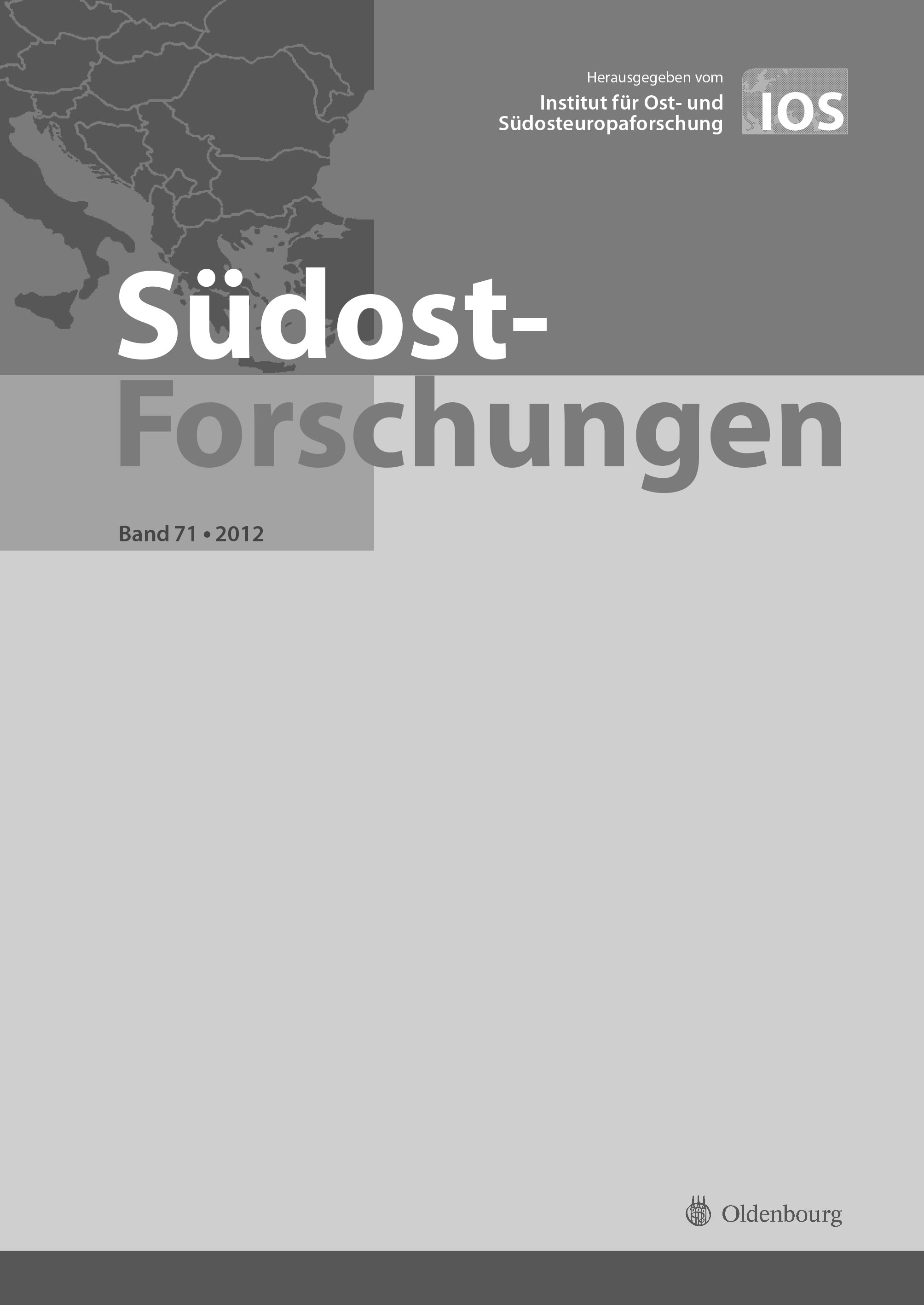Umsiedler oder Alteingesessene? Fragen zur Urheimat der Albaner im Frühmittelalter
Migrants or Natives? Questions of the Homeland of the Albanians in the Early Middle Ages
Author(s): Bardhyl DemirajSubject(s): Ethnohistory, Demography and human biology, 6th to 12th Centuries, Migration Studies
Published by: De Gruyter Oldenbourg
Summary/Abstract: This paper looks at a single question: Where were the ancestors of modern Albanians between 6th and 9th centuries? Within the context of the albanological debate – particularly in German-language scholarship – there are currently three arguments regarding the development of the “relative autochthony” of the Albanians in the Western Balkans: a) Albanians groups became established in what is now the Mati-Region in the 5th‒6th centuries at the latest; b) Settlement did not begin until the 9th century and then in the area around Durres (Dyrrachium), called Arbanon, as a result of Bulgarian expansion in the Eastern Balkans, in particular the cession of Remesiana by the Byzantines in 813; c) The compact settlement area of current-day Albanians indicates an uninterrupted demographic continuity from the Illyrian- to the Albanian-speaking people from Early Antiquity, perhaps since the Indo-European waves of migration into Central- and South-eastern Europe (around the 2nd millennium BC). Current research is, however, premised on assumptions that: a) an ethno-linguistic group can be equated with cultural groups; b) the influence of Ancient Greek was limited as a psychological pressure; and c) a set genealogical relationship exists between Albanian and other Balkan languages. This article challenges these assumptions by treating the Albanian ethnos as a separate ethno-linguistic entity (Pedersen 1895), thereby clearing the way for fresh analysis. The author first discusses the development of the Albanian language into two main dialects. The article then presents the results of diachronic toponymical studies and the history of loan words with a focus on South Slavic languages. Finally, the author presents a diachronic investigation of the Albanian names for the river Mati and the village Bdhana, P(e)dhana, Pllana, located the river’s mouth. The investigation of the toponym Bdhana, which is probably of Illyrian origin (cf. Livius 44, 30: <Bassania>), provides evidence in support of the claim that the settlements of the Albanians’ ancestors in the early Middle Ages may be found in today’s Albanian speaking regions. This argument, however, (re)opens the question of the presence of the Albanian ethnos in Albania in ancient times and its interactions in the ethno-cultural areas that are now called Illyrian, Epirotic, Dardanian, Macedonian, etc. We may give another chance for admission, either as an alternative, of its existence as an ethno-linguistic entity, or a special one as it is real in the multitude of pseudopopulations of the Albanology and of the pseudo-languages of the ancient Balkans.
Journal: Südost-Forschungen
- Issue Year: 2012
- Issue No: 71
- Page Range: 378-389
- Page Count: 11
- Language: German
- Content File-PDF

